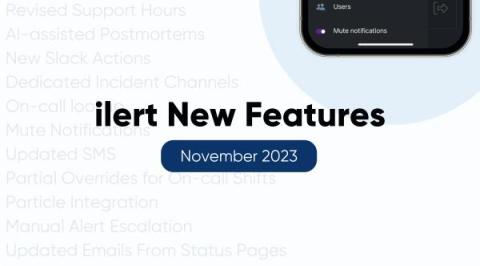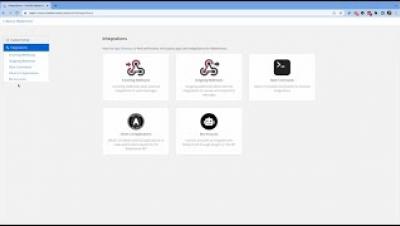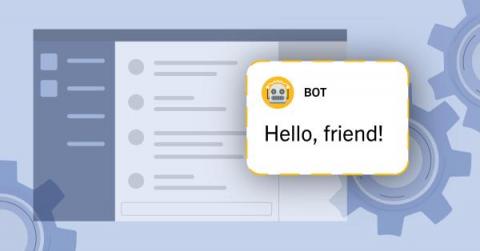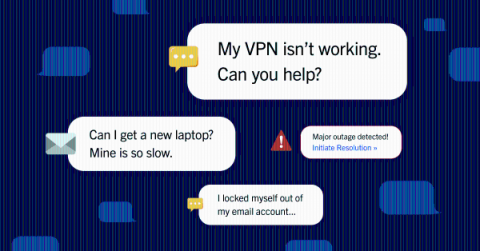Operations | Monitoring | ITSM | DevOps | Cloud
ChatOps
New Features: AI-assisted postmortems, ilert Terraform updates, and expanded ChatOps capabilities
In incident management, staying ahead of the curve is crucial, and that's what we're doing with our latest suite of features designed to streamline your workflow and enhance your response capabilities. Furthermore, you have provided numerous excellent suggestions during this period. We value your feedback and invite you to reach out to us at support@ilert.com to share your experiences with ilert.
9 ChatOps tips your team should adopt today
Why ChatOps Integration Is What Your ITSM Needs
ChatOps Explained and Why DevOps Teams Should Care
How to create your ChatOps bot
How to create your ChatOps bot
Communication within organizations has evolved from email threads to real-time chats. With the vast potential of real-time messaging, organizations are beginning to explore how they could make these chat applications do more. We now even have a name for this phenomenon — ChatOps. To get a taste of the power of ChatOps in action, let’s build a ChatOps bot that sits in a Mattermost channel with Errbot.
How ChatOps Helps IT Teams Work More Effectively
From setting up new hires with everything they need to get to work to troubleshooting technical difficulties, IT teams often field the same kinds of requests over and over. And while each request might feel like a small task, collectively they can add up to a huge time sink in the long run.
Get Started with ChatOps with "7 Steps to ChatOps for Enterprise Teams"
The right tools enable your team to ship amazing code quickly. But between building, deploying, testing, monitoring, and maintaining software, all those great tools can create a lot of stuff to keep track of. Luckily, there’s a solution to this problem: ChatOps. ChatOps is a collective approach to running DevOps workflows and building a collaborative team culture.
ChatOps and Mobile Adoption: The Power of Teams Working Where They Are
The way we socialize, learn, shop, and receive care has changed drastically over the last 18 months. For many of us, perhaps one of the most drastic changes was the way we work. While work from home (WFH) was an option before the pandemic, NCCI states, “only 6% of the employed worked primarily from home and about three-quarters of workers had never worked from home.” Fast forward to 2021, and according to NorthOne, here’s how much things have changed.











